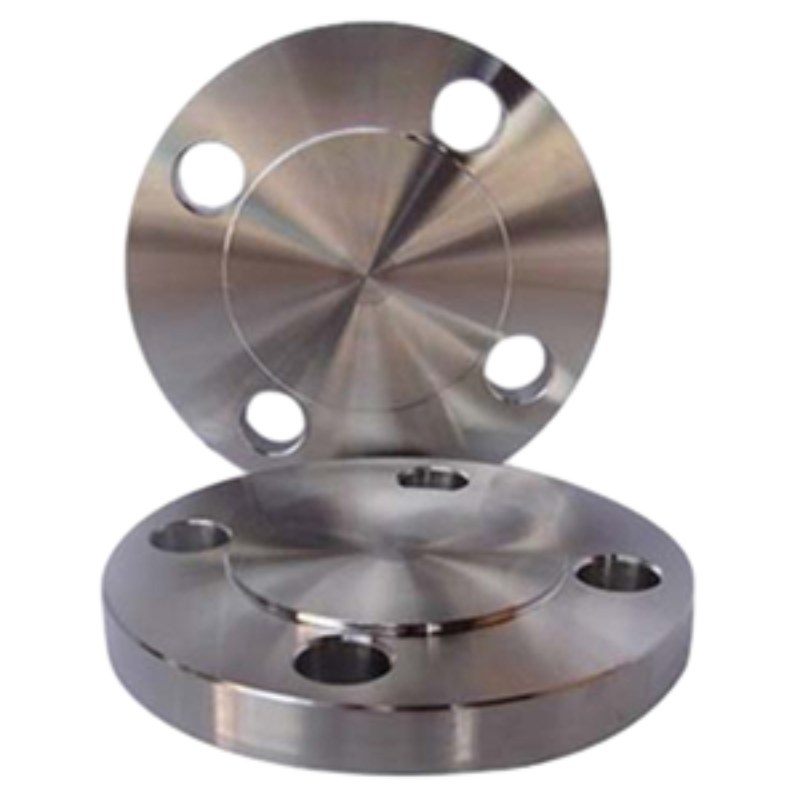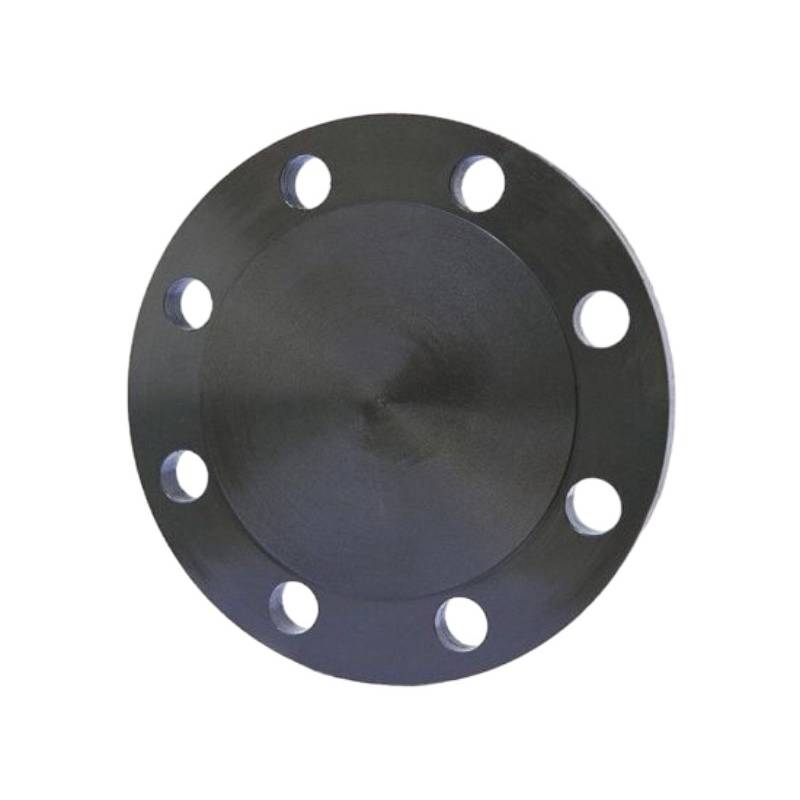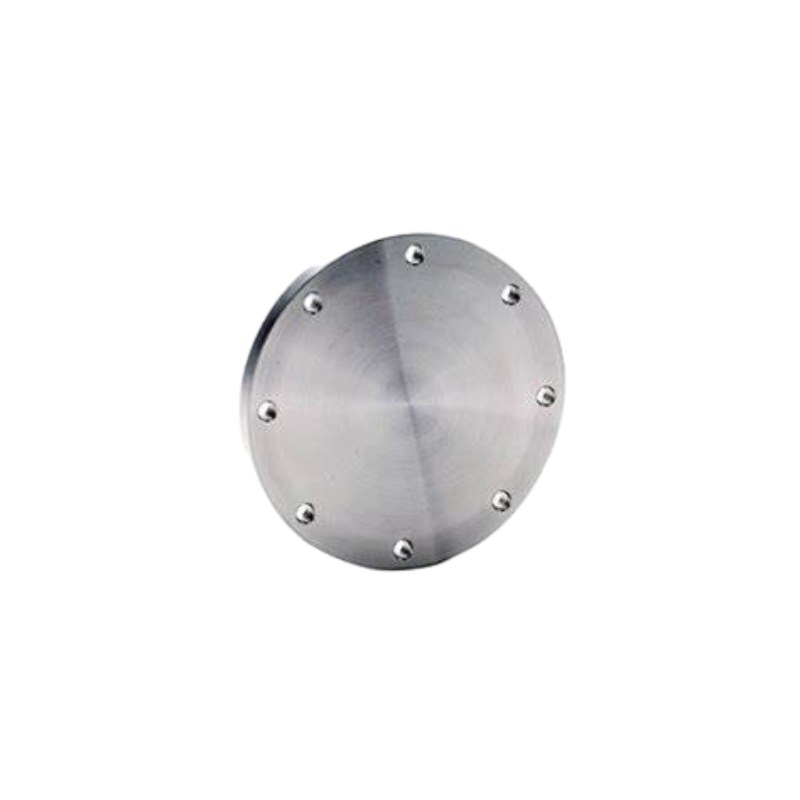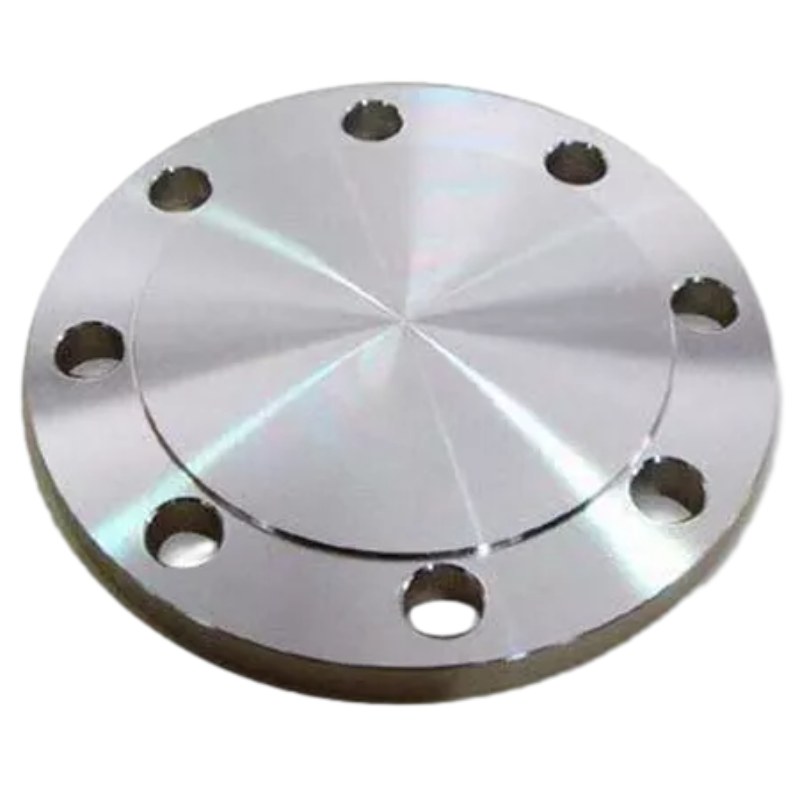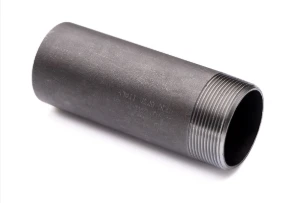-
Desain sing kuat: GOST 12836-67 Blind Flange nduweni piring bunder sing rata kanthi bolongan bolt sing rata ing keliling. Desain iki ngidini kanggo gampang alignment lan bolting menyang flange kawin, nyediakake solusi penutupan kuwat lan stabil kanggo sistem pipa.
-
Sealing aman: Nalika dipasang ing mburi pipa, pasuryan warata GOST 12836-67 Blind Flange nggawe segel sing nyenyet, nyegah bocor cairan lan njaga integritas sistem pipa. Kapabilitas sealing sing aman iki njamin kinerja lan safety sing optimal, sanajan ing kahanan operasi sing ekstrim.
-
Aplikasi serbaguna: Saka kilang minyak lan gas nganti pabrik pangolahan kimia lan jaringan distribusi banyu, GOST 12836-67 Blind Flanges nemokake aplikasi serbaguna ing macem-macem industri. Apa digunakake kanggo tujuan isolasi, tes tekanan, utawa penutupan sementara, flanges iki menehi keandalan lan daya tahan ing sistem pipa kritis.
-
Konstruksi awet: Dibangun saka bahan bermutu tinggi kayata baja karbon, baja tahan karat, utawa baja paduan, GOST 12836-67 Blind Flanges nampilake kekuatan lan daya tahan sing luar biasa. Dheweke dirancang kanggo tahan kahanan operasi sing angel, kalebu lingkungan korosif, suhu dhuwur, lan tekanan sing kuat, njamin kinerja lan linuwih jangka panjang.
-
Precision Engineering: GOST 12836-67 Blind Flanges ngalami proses mesin lan teknik presisi kanggo nyukupi toleransi dimensi sing ketat lan syarat finish permukaan. Presisi iki njamin kompatibilitas lan interchangeability karo flange standar liyane, nggampangake integrasi lancar menyang sistem pipa lan minimalake risiko bocor utawa gagal.
-
Gampang Instalasi: Nginstal GOST 12836-67 Blind Flanges efisien lan langsung, mbutuhake alignment prasaja lan bolting menyang mburi pipe. Ukuran lan desain sing standar nggampangake integrasi gampang menyang jaringan pipa sing ana, nyilikake wektu instalasi lan biaya tenaga kerja.
Fitur tombol:
- Desain sing kuat kanggo penutupan sing aman
- Sealing aman kanthi desain rai sing rata
- Aplikasi Versatile antarane industri
- Konstruksi awet kanggo kinerja jangka panjang
- Rekayasa presisi kanggo toleransi nyenyet
- Gampang instalasi kanthi alignment lan bolting sing gampang
Material Selection for GOST 12836-67 Blind Flanges: What You Need to Know
When it comes to GOST 12836-67 blind flanges, selecting the appropriate material is crucial for ensuring functionality, safety, and longevity in various applications. GOST standards, established by the Euro-Asian Council for Standardization, Metrology and Certification, guide the specification of materials to maintain the integrity of piping systems.
Key Considerations for Material Selection:
1. Corrosion Resistance: One of the primary factors in choosing a material for GOST blind flanges is its ability to resist corrosion. Stainless steel (such as 304, and 316) is a popular choice due to its excellent resistance to oxidizing environments. For applications involving aggressive chemicals, alloys like Inconel or Monel are often considered.
2. Pressure and Temperature Rating: GOST blind flanges need to be rated for the specific pressure and temperature conditions they will face. Material selection must align with the service conditions to avoid failure. For high-pressure applications, carbon steel flanges can be suitable, provided they are properly treated or coated.
3. Weldability and Machinability: Depending on installation requirements, the selected material should offer appropriate weldability and machinability. If modifications or on-site fabrication are necessary, choosing materials that can be easily welded is essential.
4. Standards Compliance: Ensure that the materials selected comply with all relevant GOST standards. This not only guarantees quality but also maintains compatibility within the piping system.
5. Cost-effectiveness: While material selection should prioritize performance and safety, cost considerations also play a significant role, especially in large-scale projects. Finding a balance between budget and quality is essential.
Differences Between GOST 12836-67 Blind Flange and Other Flange Standards
When comparing the GOST 12836-67 blind flange with other flange standards, several key differences emerge that reflect the unique characteristics and applications of the Russian standard. The GOST (Gosudarstvennyy Standart) system is a set of regulations and guidelines that govern various industrial products, including blind flanges, which are used to seal off piping systems.
One of the primary differences lies in the dimension and pressure rating classifications. GOST 12836-67 blind flanges are specifically designed according to Russian specifications, with dimensions that may differ significantly from those outlined in ANSI, ASME, or ISO standards. For instance, while ANSI/ASME flanges are typically categorized into nominal pipe sizes (NPS) and pressure classes, GOST flanges feature a unique set of sizes and pressure ratings, making it essential for engineers to select the appropriate type based on regional standards.
Another notable difference is the material composition. The GOST standard emphasizes the use of specific materials that are suited for the harsh Russian climate and industrial requirements. While common materials such as carbon steel and stainless steel are also used in other standards, GOST may specify additional material grades to accommodate unique environmental challenges, including extreme temperatures and corrosive conditions.
Additionally, the manufacturing and testing processes for GOST 12836-67 blind flanges are subject to local industry regulations, which might include stricter quality assurance protocols compared to other international standards. This ensures that the flanges not only meet dimensional specifications but also effectively withstand the pressures and temperatures expected in typical applications within Russia.
In summary, while GOST 12836-67 blind flanges share similarities with other flange standards, their unique dimensions, material requirements, and quality assurance processes set them apart. Understanding these differences is crucial for engineers and designers when selecting flanges for specific applications in diverse geographical locations.







